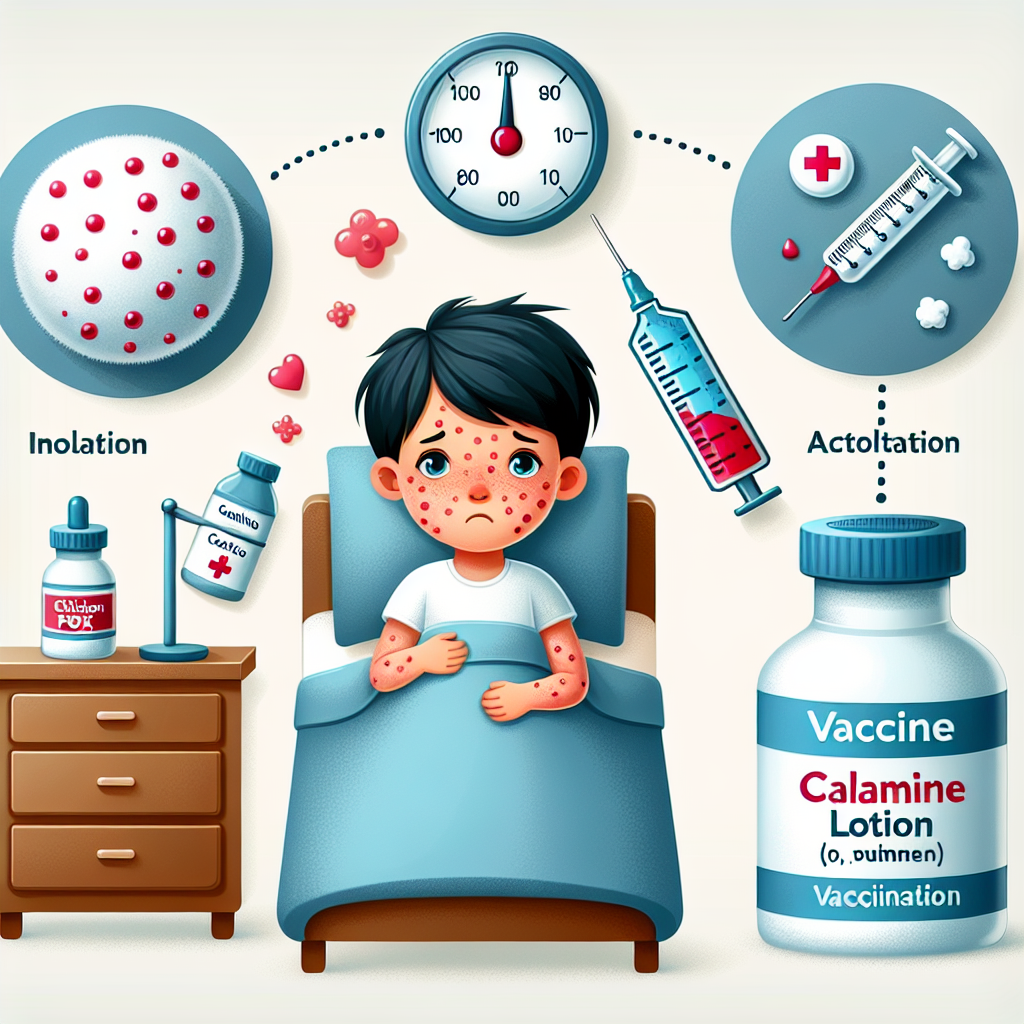Chickenpox in Children: How to Face This Challenge
When it comes to childhood illnesses, chicken pox is often a topic of discussion among parents. Whether it's your own childhood experience or concerns about when your own child will pass this stage, chicken pox remains a challenge for many of us. This comprehensive guide will go over the different aspects of chicken pox, from symptoms to prevention and treatment methods, helping you better understand how to care for your child during this time.
Symptoms and Diagnosis of Varicella
Chickenpox, also known as chicken pox, is a viral disease characterized by an itchy rash that turns into fluid-filled blisters and then crusts. The onset is often sudden, with the child presenting with fever, loss of appetite, headache and general fatigue. After 1-2 days, the rash begins to appear, initially on the body, followed by the face and limbs. An important aspect is the high contagiousness of the disease, chicken pox can be easily transmitted from one child to another.
Prevention of Varicella
The most effective way to prevent chickenpox is vaccination. The varicella vaccine is usually given to children between the ages of 12 and 15 months, with a booster dose between 4 and 6 years. It is important to note that even if the child gets chickenpox after vaccination, the symptoms will be much milder and the period of illness will be shorter.
Treatment of Varicella
Of course, a child with chickenpox symptoms needs specific care, most of which is aimed at relieving symptoms and preventing complications. Bed rest is very important, as is proper hydration. Itching can be reduced with baking soda baths or by applying calamine lotions. It is important to keep your child's nails short to prevent scratching and secondary infections. In more severe cases, the doctor may prescribe antiviral drugs.
When to Go to the Doctor
It is essential to contact the doctor as soon as you suspect that your little one may have chicken pox. Consultation is important to confirm the diagnosis and receive clear treatment indications. You should also see a doctor if the rash spreads to the eyes, if it becomes very red, warm or tender (signs of a possible secondary infection), or if the child has difficulty breathing or has unusual skin lesions.
Motor Development in the Chickenpox Period
Although chicken pox may appear to be just a skin disease, the overall effect on the child's health can temporarily interfere with motor development. The child may become less active, and the itching and discomfort may affect sleep and general well-being. During this period, it is important to encourage light games and activities that do not require intense physical effort and can be performed in the comfort of the home.
Language development
Chickenpox should not have a direct effect on a child's language development, but the general malaise can make the little one less communicative. During this time, encourage conversation and reading together to maintain language development. It is very important to remain calm and patient, understanding that your little one may need more peace and comfort.
Conclusion
Chickenpox remains a challenge for any parent, but with the right information and appropriate actions, you can successfully navigate this stage of childhood. Vaccination, careful care and timely medical consultation are the key elements in managing this disease. Last but not least, keeping calm and providing emotional support to your child are equally important for a speedy recovery.
Visiting the doctor, complying with prescriptions and an open communication with the educator are essential aspects during this period. Remember, in addition to physical care, emotional support of your little one is essential.
For more information or support during this time, feel free to explore our children's health section or subscribe to our newsletter to keep up to date with the latest parenting tips and resources. together, we can ensure the best care for our children and prepare for a quick and effective recovery from chicken pox.














































































































































